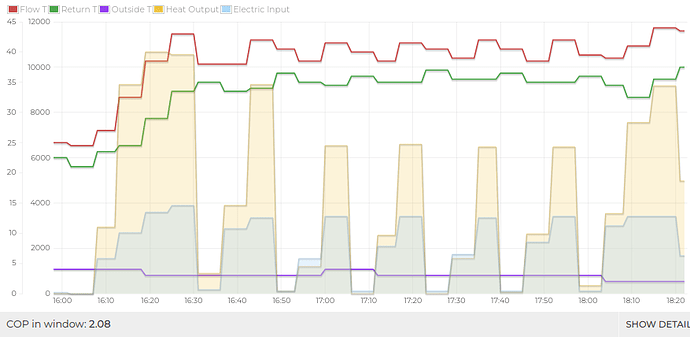what problems/solutions does the use of popular smart radiator valves with heat pumps introduce ?I don’t think there is a problem with them, the problem I find is the customers/end users always think the radiators should be boiling to the touch, where the system isn’t designed to go past a 55 degree flow temp as it would be inefficient and the heat-pump wouldn’t beable to get the flow temp to that without additional electric heaters to Boost it, there fore becoming inefficient
if many need a low 5k/dt drop to be efficient(for synthetic refrigerant), is that compatible with having just a few smart radiators on -
do you spec many expensive picv valves and variable pumps to keep it that efficiency range .. or just take that hit.
e: do you use a piece of software to help configure/design domestic systems
Last edited:



